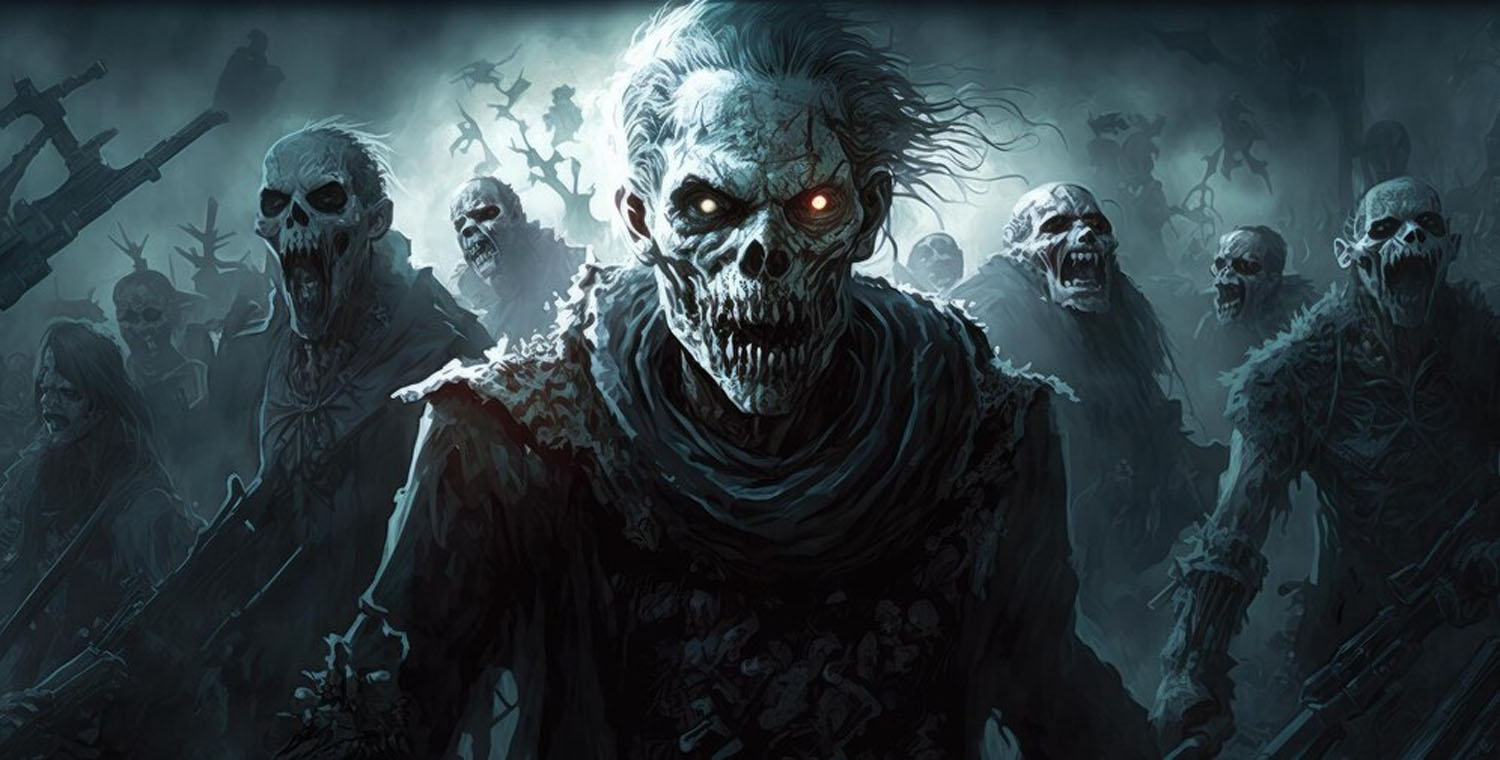During World War II, the United States deployed a unique and clandestine unit known as the Ghost Army. Officially named the 23rd Headquarters Special Troops, this unit was composed of artists, designers, and engineers who used deception as a tactical weapon. One of the most iconic pieces of their equipment was the Ghost Army hat, a seemingly simple accessory that held significant symbolism and practical value during the war. This article explores the history, significance, and lasting legacy of the Ghost Army hat, while delving into the fascinating story of the Ghost Army itself.
The Birth of the Ghost Army

The Ghost Army was established in 1944 and was primarily tasked with creating illusions on the battlefield. This unit was responsible for misleading enemy forces about the size and location of U.S. troops. Using inflatable tanks, sound effects, and fake radio transmissions, the Ghost Army executed elaborate ruses to divert attention from actual military operations. The success of these deceptions often relied on the skill and creativity of its members, many of whom were talented artists and performers.
The Role of the Ghost Army Hat
Practicality and Design
The Ghost Army hat was not merely a uniform piece; it served practical purposes. Designed to be lightweight and easy to wear, the hat was essential for the soldiers who often operated in various climates and terrains. Its design allowed for versatility and comfort, enabling the troops to focus on their missions rather than their gear.
Symbolism of the Hat
Beyond its practical applications, the Ghost Army hat became a symbol of the unit’s unique mission. The hat represented the blend of creativity and military strategy that characterized the Ghost Army’s operations. Each soldier wore their hat with pride, understanding its role in the psychological warfare that defined their efforts.
Deception in Warfare
The Ghost Army was revolutionary in its approach to warfare, leveraging deception to achieve strategic advantages. The unit participated in several key operations, including the deception leading up to the D-Day landings. By creating false troop movements and constructing dummy installations, the Ghost Army played a vital role in misleading the German forces, allowing for a more successful invasion.
Techniques and Tools
The tools of deception used by the Ghost Army were diverse. Inflatable tanks and artillery pieces were crafted with great detail to appear realistic. Sound equipment created the illusion of troop movements, while fake radio chatter misled enemy intelligence. The Ghost Army hat served as part of this elaborate ruse, helping soldiers blend in while they executed their strategies.
The Legacy of the Ghost Army Hat
Post-War Recognition
After the war, the contributions of the Ghost Army remained largely unrecognized for decades. The unit’s operations were classified, and many of its members returned to civilian life without any acknowledgment of their extraordinary efforts. However, as history has unfolded, the Ghost Army has gained recognition for its unique role in the war.
In recent years, efforts have been made to honor the Ghost Army and its members. Documentaries, books, and exhibitions have shed light on their remarkable story, and the Ghost Army hat has emerged as a symbol of their bravery and ingenuity.
Modern Significance
Today, the Ghost Army hat holds a special place in military history. It serves as a reminder of the importance of creativity in warfare and the effectiveness of deception as a strategy. The hat has become a collectible item, sought after by military enthusiasts and historians alike.
The Ghost Army in Popular Culture
The story of the Ghost Army has captured the imagination of many, leading to its portrayal in various forms of media. Documentaries like “The Ghost Army” have highlighted the unit’s unique mission, bringing their story to a broader audience. The Ghost Army hat has become emblematic of these narratives, representing the blending of art and warfare.
Merchandise and Memorabilia
As interest in the Ghost Army has grown, so too has the market for memorabilia. Reproductions of the Ghost Army hat, along with other unit-related merchandise, have become popular among collectors. These items serve not only as collectibles but also as educational tools, raising awareness of the unit’s historical significance.
Conclusion
The Ghost Army hat is more than just a piece of military attire; it is a symbol of a unique approach to warfare that combined art, deception, and bravery. The Ghost Army’s innovative tactics and dedication to their mission played a crucial role in the success of Allied operations during World War II. As we continue to explore the history of warfare, the Ghost Army hat stands out as a reminder of the power of creativity in even the most dire of circumstances.
More Read:
